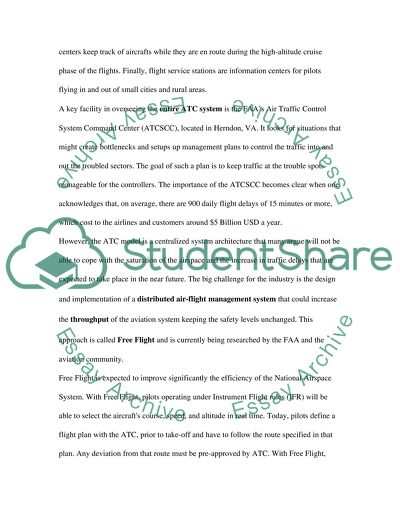Cite this document
(“Grand Canyon Crash of 1956 Essay Example | Topics and Well Written Essays - 1500 words”, n.d.)
Retrieved from https://studentshare.org/miscellaneous/1501065-grand-canyon-crash-of-1956
Retrieved from https://studentshare.org/miscellaneous/1501065-grand-canyon-crash-of-1956
(Grand Canyon Crash of 1956 Essay Example | Topics and Well Written Essays - 1500 Words)
https://studentshare.org/miscellaneous/1501065-grand-canyon-crash-of-1956.
https://studentshare.org/miscellaneous/1501065-grand-canyon-crash-of-1956.
“Grand Canyon Crash of 1956 Essay Example | Topics and Well Written Essays - 1500 Words”, n.d. https://studentshare.org/miscellaneous/1501065-grand-canyon-crash-of-1956.


